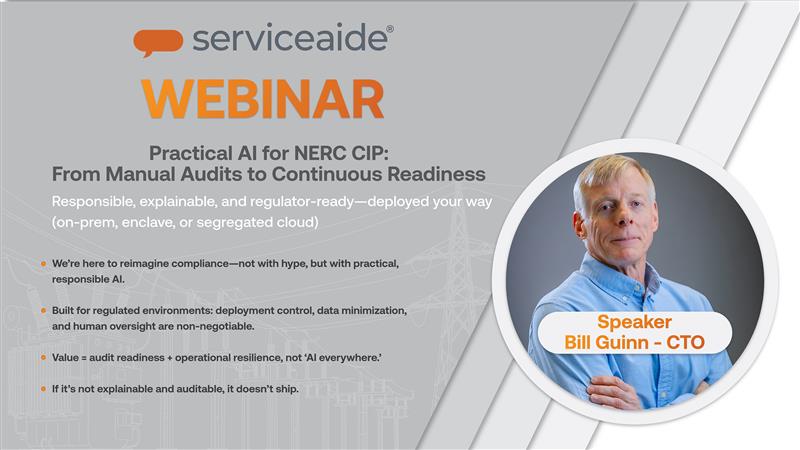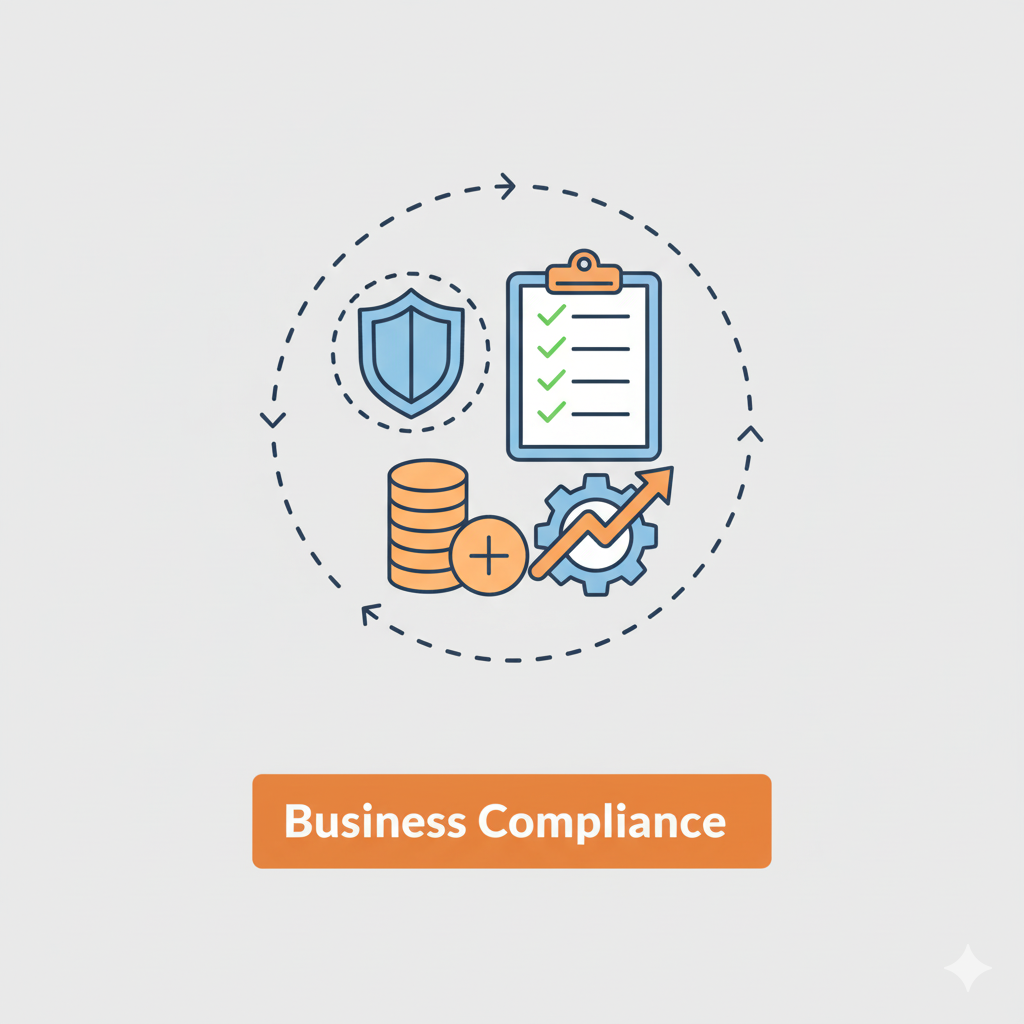The Many Faces of Change: IT, Business Compliance, Regulatory, and Multi-Modal Models
Change isn’t one thing. It’s a stack of moving parts—technology deployments, policy updates, new controls, process tweaks, and human adoption—moving on different clocks. If you’ve ever tried to ship a release while Legal reinterprets a statute and Operations rewrites a playbook, you’ve felt the friction where these streams collide. This guide breaks down the major types of change, shows how they interact, and offers a maturity path to grow from reactive chaos to a fast, auditable engine for improvement.
IT Change Management (the operational backbone)
IT change management protects stability while enabling delivery. The work starts with a clear taxonomy: routine playbooks that can be pre-approved, risk-assessed normal changes, and true emergencies that move fast but get a post-implementation review. Risk and impact scoring determines the depth of approvals, the level of testing required, and whether a rollback plan is mandatory. A forward schedule of change prevents collisions, and a change advisory board adds value only where human judgment changes the outcome—non-routine, high-risk, and cross-domain work. Change management lives or dies by context: mapping changes to services and configuration items keeps dependencies visible so you don’t fix one thing and quietly break another. The outcomes to watch—change failure rate, mean time to restore, lead time from request to deploy—tell you whether control is enabling or throttling delivery.
DevOps and Product Delivery (the speed layer)
DevOps doesn’t reject approvals; it moves them into code. Peer review becomes an authorization step, pipelines become policy, and passing tests, security scans, and infrastructure checks form a living evidence trail. Progressive delivery—feature flags, blue/green, canaries—shrinks blast radius and makes rollbacks instant. The bridge to IT change is pragmatic: pipeline-verified work can be treated as pre-approved standard changes with automatic record creation that captures commit SHAs, approvals, test artifacts, and deployment logs. Human review focuses on the unusual; routine work flows on rails.
Business Change (process, people, and adoption)
Technology change fails when people don’t move with it. Business change translates strategy into new ways of working through stakeholder mapping, readiness assessments, clear communications, and practical enablement—job aids, micro-videos, “day-one” checklists. Reinforcement matters as much as launch: updated KPIs, leadership rituals, and coaching ensure the new way sticks. Adoption shows up in usage, task completion, error rates, and the absence of “shadow processes” where people quietly revert to spreadsheets and side channels.
Business Compliance Change (controls, evidence, and accountability)
Compliance-driven change ensures policies and controls evolve with risk. The discipline is to map obligations to policies and controls, govern changes to those controls with the same rigor you apply to code, and capture evidence at the point of change: who approved, when, on what scope, with what test results. Segregation of duties lives in the pipeline and the approval flow, not in an audit binder. When evidence is native to the workflow, you can prove that a control ran, not merely argue that it probably did.
Regulatory Change (laws, standards, and audits)
Regulatory change arrives from the outside—new laws, updated standards, enforcement trends—and often touches multiple teams at once. High-functioning programs maintain a signal intake from trusted sources, translate legal language into concrete policy deltas and control updates, and keep a change register that tracks requirement → policy → control → evidence. Attestations are scheduled and automated where possible, and an evergreen audit pack tells the story without screenshot archaeology. The key metric is time from regulatory signal to enforced control in production, with verified training for affected roles.
Multi-Modal Change (ITIL, DevOps, Business, and more—together)
Real initiatives are multi-modal. A good program classifies work by risk and obligation, routes it to the right path, and lands all artifacts—approvals, diffs, tests, logs, training records, release notes, outcomes—in one place. Low-risk pipeline changes pass through automated gates and create records automatically. Business-process changes get an adoption plan. Regulatory updates follow a control-change lifecycle. Cross-domain work gets calendar visibility and human judgment. Oversight becomes exception-driven because the data makes normal work boring and safe.
A Practical Maturity Model
Organizations usually climb from ad hoc heroics to optimized, risk-adaptive flow. Early on, a basic change log, a named owner, and mandatory rollback notes stop the bleeding. Repeatable practice adds a shared schedule, explicit categories, and honest risk scoring tied to approvals and tests. Defined practice bakes pipelines into authorization for low-risk work, reframes CAB as a forum for patterns and exceptions, and introduces templates for business and control changes. Measured programs unify DORA delivery metrics, adoption KPIs, and compliance SLIs in one view so leaders can answer “what changed” and “did it work” without swivel-chair forensics. Optimized organizations route by risk automatically, use progressive delivery as the default, and treat evidence as data, not documentation.
A 90-Day Start and a 12-Month Arc
In the first quarter, open one front door for all change types, standardize the record, and automate the basics: create change records from CI/CD, attach logs and approvals automatically, publish the schedule, and stand up a lightweight flow for policy and control changes. Over the next year, move to risk-based routing, make progressive delivery your default, tailor communications for employees, customers, and auditors, embed policy-as-code and segregation-of-duties checks where work happens, and correlate change types with incidents, adoption, and audit findings to refine the playbook every quarter.
Roles, Responsibilities, and the Shape of Approvals
Clarity beats ceremony. A single accountable change owner shepherds the work from intent to impact; peer reviewers, CAB members, service owners, control owners, and legal partners approve only where their decision changes the risk. Service and process owners maintain visibility into dependencies and blackout windows; adoption leads plan communications and training so the change lands. When the official path is the easiest path, shadow processes disappear.
Metrics That Matter
Balance speed and safety rather than trading them off. Deployment frequency, lead time, change failure rate, and MTTR reveal whether delivery is healthy. Adoption rate, time-to-productivity, and post-go-live exceptions show whether the business changed with the system. Compliance metrics—time-to-control-update, evidence completeness, attestation on-time percentage—prove accountability. Cross-stream health shows up as the share of changes with complete artifact bundles and the conflicts you avoided because the schedule was visible.
A Quick Scenario: Launching a New Customer Portal
Engineering ships behind flags with passing tests and security scans, and the pipeline creates change records automatically. Support and Sales get new workflows, talk-tracks, and checklists that make day one feel normal. The privacy notice and retention rules are updated, data flows are re-mapped, and access changes pass segregation-of-duties checks. A shared schedule coordinates the CRM integration and outbound communications, and a single record aggregates approvals, tests, training completions, and rollout metrics. The release feels fast because the right work moved on rails, and it feels safe because the evidence wrote itself.
Common Pitfalls and Straightforward Fixes
Programs stall when every request drags through the same heavy path, when people quietly revert to spreadsheets, when evidence is reconstructed after the fact, or when regulatory guidance never gets translated into operator-friendly changes. The remedy is proportionality, usability, and data: route by risk, make the official path the one-click path, capture artifacts where work happens, and maintain a living map from obligation to policy to control to proof.
The Bottom Line
High-performing organizations don’t pick ITIL or DevOps or compliance or business change. They assemble a multi-modal approach where routine technical work flows through code-driven gates, non-routine work gets human judgment, policy and control changes have their own lifecycle, and everything lands in a single, auditable narrative. Do that, and change becomes the safest way to move fast.
Risk-Adaptive Change Governance
Most programs fail at the extremes: either every request crawls through the same heavy process, or speed is prized so highly that control becomes optional. Risk-adaptive governance assigns each change a living risk profile and routes it through the right level of scrutiny. The profile adapts to blast radius, business criticality, dependency depth, recent incident history, and external obligations such as regulatory deadlines or customer SLAs. Low-risk, well-templatized changes move on rails with pre-approved playbooks, automated tests, and peer review that leaves a rich audit trail. High-risk or cross-domain changes surface earlier, get more eyes, and are scheduled against a forward calendar that exposes conflicts across teams and vendors. The point is not to shorten or lengthen approvals in the abstract; it is to make the time you spend proportional to the hazard you face, and to keep that proportionality honest with data. As maturity improves, more work graduates into pre-approved standards, while the governance layer focuses attention where human judgment truly changes the outcome.
Evidence by Design: From Forensics to First-Class Data
Audits are slow when evidence is an afterthought. The antidote is to treat change evidence as a first-class data product captured at the point of change, not reconstructed from screenshots weeks later. Every path—IT deployments in CI/CD, business-process updates, control changes for compliance, and regulatory responses—should emit structured artifacts that land in a single record: approver identities, timestamps, risk scores, test and scan results, deployment logs, policy diffs, training completions, release notes, and measured outcomes after go-live. When evidence is streaming into the record in real time, reviews become exception-driven instead of archaeological. This also changes the tone of audit. Instead of debating whether a control probably ran, you demonstrate that it did run, when it ran, on what scope, and with what result. Over time you can enrich this evidence layer with immutability guarantees, lineage, and retention policies, so the same record serves operational learning, executive reporting, customer assurances, and regulatory scrutiny without extra effort.
Portfolio and Economics of Change
Change is not only a sequence of approvals; it is a portfolio with real financial characteristics. Organizations that treat changes as isolated tickets miss the compounding effect that throughput, failure rate, and rework have on cost and value delivery. A portfolio view starts by mapping each change to the service it affects, the value hypothesis it serves, and the constraints it introduces. You can then measure how long value remains trapped in queues, where work piles up, and which classes of change consistently produce outsized returns or outsized risk. This unlocks better decisions about batching and cadence, such as when to bundle into releases for coordinated cutovers versus when to ship continuously with progressive delivery. It also clarifies pricing and incentives with partners and internal teams. When you know the expected value of a category and its true cost of delay, you can negotiate service levels that reflect reality, invest in automation only where payback is clear, and sunset legacy controls that add latency without adding signal. The portfolio lens does not replace governance or engineering practice; it integrates them, so the business can reason about change the way it reasons about any other investment—on purpose, with trade-offs visible, and with learning cycles that get faster every quarter.
Latest Insight

Practical AI for NERC CIP Compliance

Is Your Knowledge Ready for AI










.svg)
.svg)